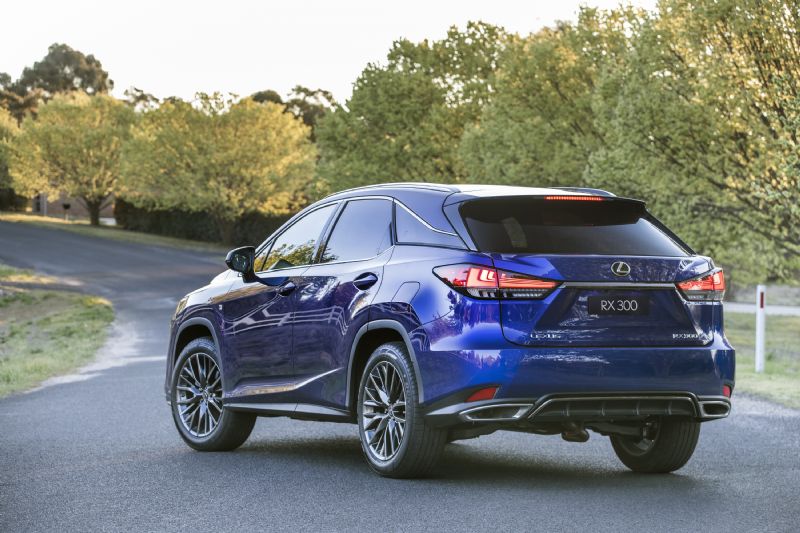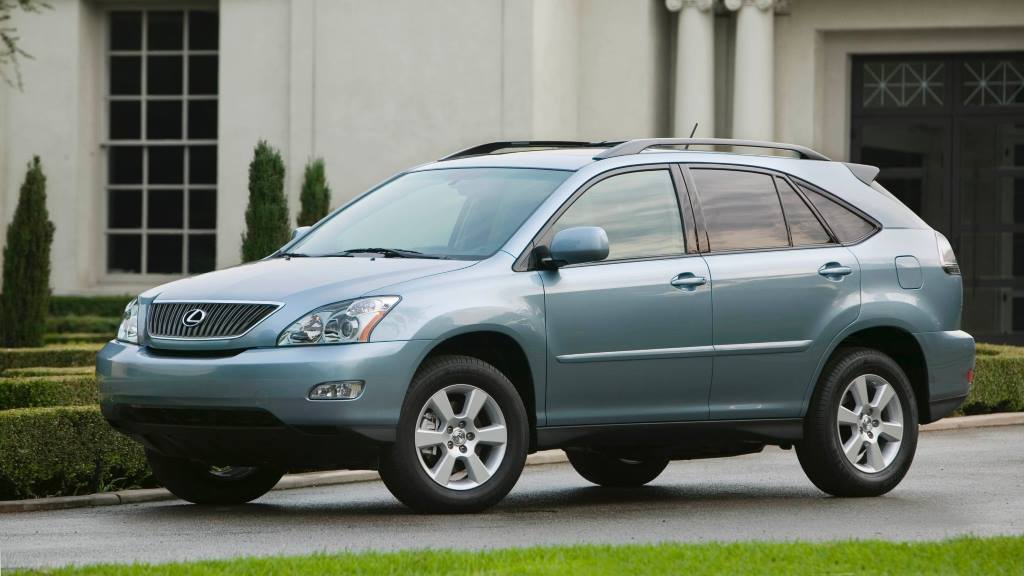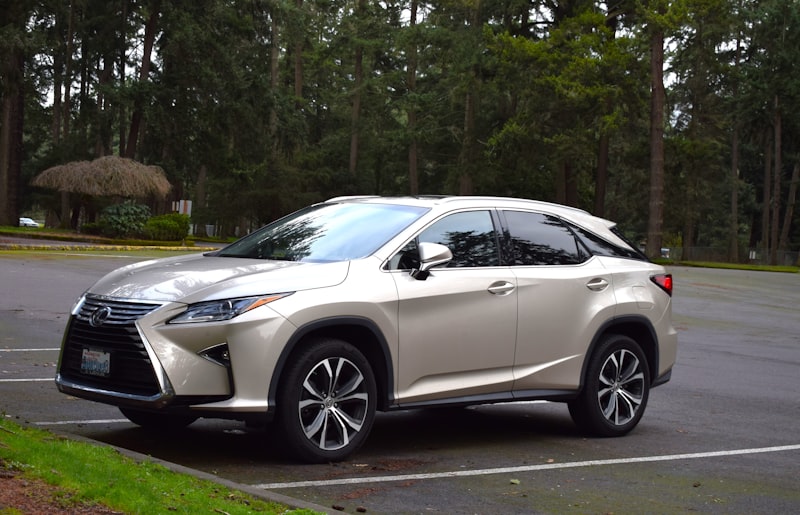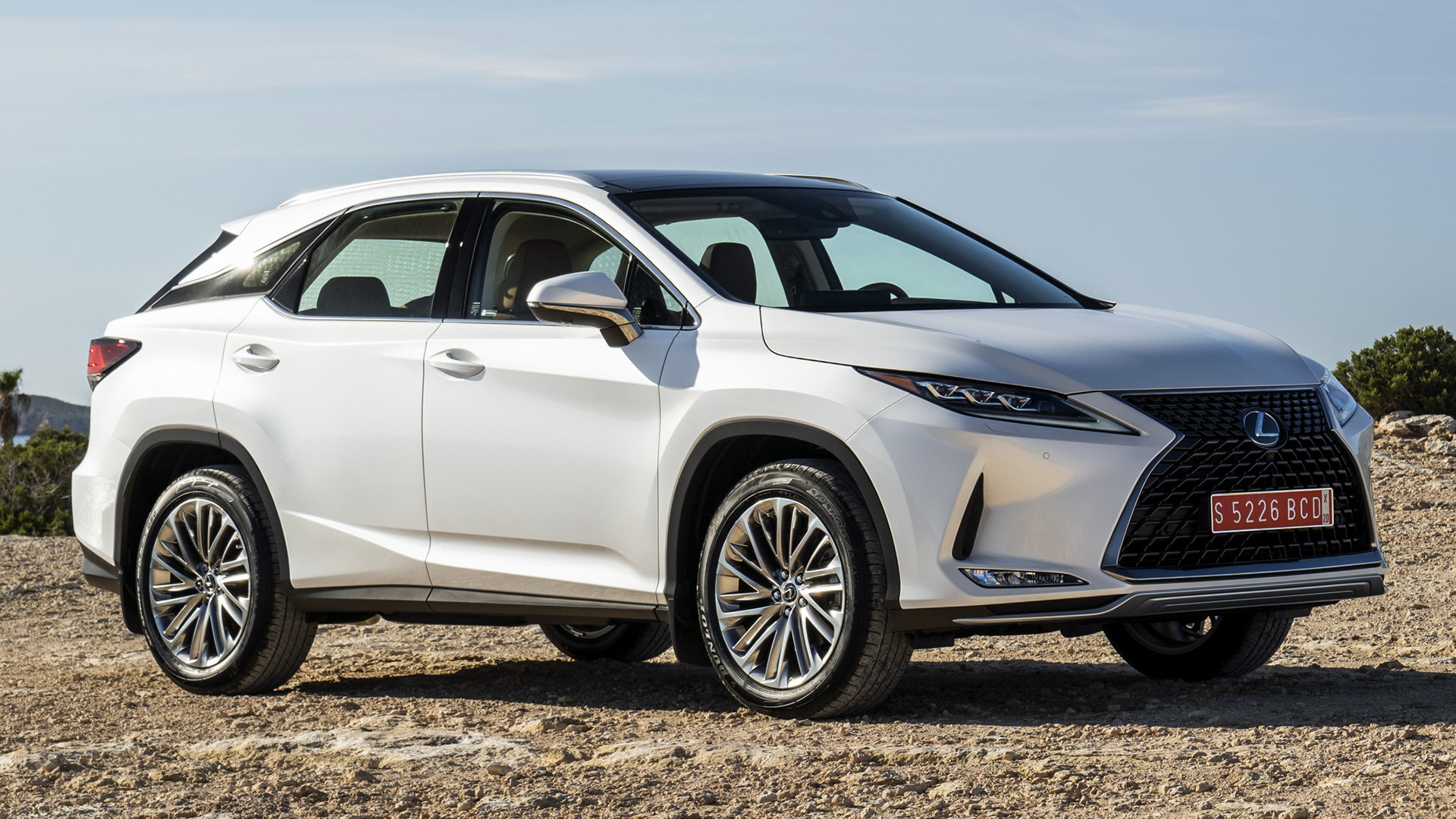Lexus Rx 300 Years To Avoid

Imagine cruising down a sun-drenched highway, the wind whispering through your hair, and the smooth purr of a reliable engine beneath you. The Lexus RX 300, a beacon of luxury and dependability for many, often conjures this very image. But beneath the veneer of elegance, some years of this popular SUV have encountered more bumps in the road than others.
While the Lexus RX 300 generally boasts a stellar reputation, certain model years have proven more problematic than others. Understanding which years to approach with caution can save you from unexpected repair bills and keep your automotive dreams alive.
A Legacy of Luxury and Reliability
The Lexus RX line, and the RX 300 in particular, has long been synonymous with quality. Introduced in 1998, the RX 300 quickly gained popularity for its car-like ride, luxurious interior, and reputation for reliability.
It was a game-changer, blending the practicality of an SUV with the comfort and refinement of a luxury sedan. For many, it represented the perfect blend of form and function.
The Years to Watch Out For
Despite the RX 300's overall positive track record, some years experienced more significant issues. These issues primarily revolve around the earlier models.
The 1999, 2000, and 2001 model years tend to surface most frequently in discussions regarding potential problems. While not every vehicle from these years is guaranteed to have issues, they do present a higher statistical likelihood of encountering certain challenges.
Common Issues and Concerns
So, what kinds of problems have plagued these specific RX 300 years? Several recurring themes emerge from owner reports and mechanic reviews.
Transmission Troubles: One of the most frequently cited concerns involves the transmission. Some owners have reported issues with slipping gears, rough shifting, or even complete transmission failure. These problems can be expensive to repair.
Oxygen Sensor Issues: Oxygen sensors play a critical role in maintaining optimal engine performance and fuel efficiency. Faulty oxygen sensors are a common complaint in these older models.
Replacing these sensors can become a recurring expense, especially as the vehicle ages.
Dashboard Cracking: While purely cosmetic, the cracking of the dashboard is a very common complaint. This can detract from the overall luxurious feel of the interior.
Although it doesn't impact performance, it's a visual reminder of the vehicle's age and potential wear and tear.
Oil Leaks: As with any older vehicle, oil leaks are a potential concern. However, some RX 300 owners have reported leaks originating from various locations, potentially signaling more significant underlying issues.
These leaks can lead to costly repairs if left unaddressed.
It is important to note that owner reviews on websites like Edmunds and Consumer Reports, along with reports from the National Highway Traffic Safety Administration (NHTSA), often reflect these common concerns.
Why These Years?
Pinpointing the exact reasons why these particular years experienced more problems can be challenging. Manufacturing variations and design flaws may have played a role.
The increased age of these vehicles also contributes to the higher likelihood of wear and tear. Regular maintenance, or lack thereof, significantly impacts the lifespan and reliability of any car.
Even with consistent maintenance, some components are simply more prone to failure after a certain period.
Navigating the Used Car Market
If you're considering purchasing a used RX 300, especially one from the potentially problematic years, thorough research is essential. Don't let the allure of a luxury vehicle cloud your judgment.
Pre-Purchase Inspection: A pre-purchase inspection by a trusted mechanic is crucial. This can uncover hidden issues and provide a realistic assessment of the vehicle's condition.
Vehicle History Report: Obtain a vehicle history report (such as Carfax or AutoCheck) to identify any past accidents, title issues, or reported maintenance history. This report provides valuable insights into the car's background.
Test Drive Extensively: A thorough test drive is critical. Pay attention to how the transmission shifts, listen for any unusual noises, and ensure all features are functioning correctly.
If anything feels off, it's best to err on the side of caution.
Consider Later Years: If possible, consider RX 300 models from later years, such as 2002 and 2003. These models may have benefited from design improvements and fewer reported issues.
Alternatively, explore the RX 330, which replaced the RX 300 in 2004.
The Enduring Appeal of Lexus
Despite the potential pitfalls of certain model years, the Lexus RX 300 remains a popular choice in the used car market. Its reputation for luxury, comfort, and relative reliability continues to attract buyers.
The key is to approach the purchase with informed caution, conducting thorough research and inspection before committing.
Remember that even vehicles from seemingly problematic years can offer years of reliable service with proper care and maintenance.
A Thoughtful Conclusion
The Lexus RX 300 represents more than just a car; it embodies a commitment to quality and a desire for a refined driving experience. While some years have presented more challenges than others, the overall legacy of the RX 300 remains strong.
By being aware of the potential issues associated with certain model years, you can navigate the used car market with greater confidence. You are empowered to make an informed decision that aligns with your needs and budget.
Ultimately, the goal is to find a vehicle that brings joy and reliability to your daily life, whether it's a Lexus RX 300 or another dependable choice. Choose wisely and enjoy the journey.


















